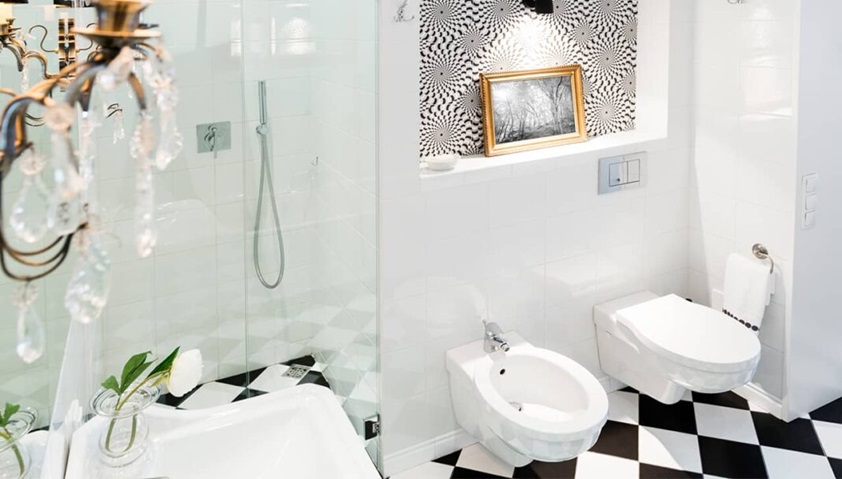STC Ratings Chart: An Essential Guide for Sound Insulation
When it comes to creating a peaceful and quiet environment, sound insulation plays a vital role. Whether you’re constructing a residential building, an office space, or a recording studio, understanding the concept of Sound Transmission Class (STC) ratings is crucial.
The STC ratings chart provides valuable information about a material’s ability to block sound transmission. In this article, we will explore the significance of the STC ratings chart and how it can help you make informed decisions for effective sound insulation.
What is the STC Rating?
The Sound Transmission Class (STC) rating is a numerical value used to measure a material’s ability to reduce sound transmission. The higher the STC rating, the better the material is at blocking sound. The STC rating takes into account the material’s thickness, density, and other factors that contribute to its sound insulation properties.
Understanding the STC Ratings Chart
The STC ratings chart is a valuable tool that categorizes different materials based on their soundproofing capabilities. It provides a range of STC ratings for various building materials, such as walls, floors, doors, windows, and ceilings. By consulting the chart, you can easily determine the most suitable materials for your specific soundproofing needs.
Factors Influencing STC Ratings
Several factors can influence the STC rating of a material. Some of the key factors include:
- Thickness: Thicker materials tend to have higher STC ratings as they offer more mass to block sound waves.
- Density: Materials with higher density can effectively absorb and reduce sound transmission.
- Airborne Sound Insulation: The STC rating considers the material’s ability to block airborne sound, which includes voices, music, and other sounds that travel through the air.
- Impact Sound Insulation: In addition to airborne sound, the STC rating also accounts for the material’s ability to reduce impact sound, such as footsteps or objects hitting the surface.
Using the STC Ratings Chart Effectively
To utilize the STC ratings chart effectively, consider the following steps:
- Identify the Required STC Rating: Determine the desired level of sound insulation for your space. For instance, a recording studio might require a higher STC rating than a standard office.
- Analyze the Building Materials: Refer to the STC ratings chart to identify the suitable materials for each element, such as walls, floors, windows, and doors. Look for materials with higher STC ratings that align with your desired sound insulation goals.
- Consider Combinations: Keep in mind that using multiple layers of different materials or combining various soundproofing techniques can enhance the overall sound insulation performance. The STC ratings chart can guide you in selecting compatible materials for effective combinations.
- Seek Professional Advice: If you’re unsure about the best materials or combinations to achieve your desired sound insulation, consult with professionals in the field. Acoustic consultants or architects experienced in soundproofing can provide valuable insights and recommendations tailored to your specific needs.
Conclusion
The STC ratings chart is an essential tool for anyone involved in sound insulation projects. By understanding and utilizing the information provided by the chart, you can make informed decisions to create spaces that offer excellent soundproofing capabilities.
Remember to consider factors such as thickness, density, and the type of sound you wish to block when selecting materials. With the right choices and combinations, you can achieve the desired level of sound insulation and create a peaceful and quiet environment.




